1. Transom Windows
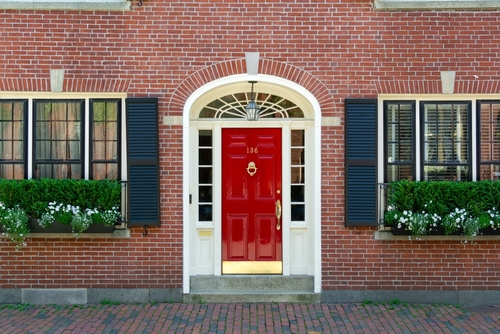
Those little windows above doors were once essential for ventilation before air conditioning became common. As homes modernized, builders skipped them to save cost. But Gen Z homeowners love their old-school practicality and style. Transom windows let in natural light while maintaining privacy—something that fits modern energy-efficient goals, too.
Architecturally, they also add vertical interest and vintage charm to otherwise boxy doorways. Designers are reintroducing them with stained or frosted glass for a decorative twist. They make rooms feel taller and brighter without major renovations. It’s a subtle nod to the past with real functional benefits.
2. Sunken Living Rooms
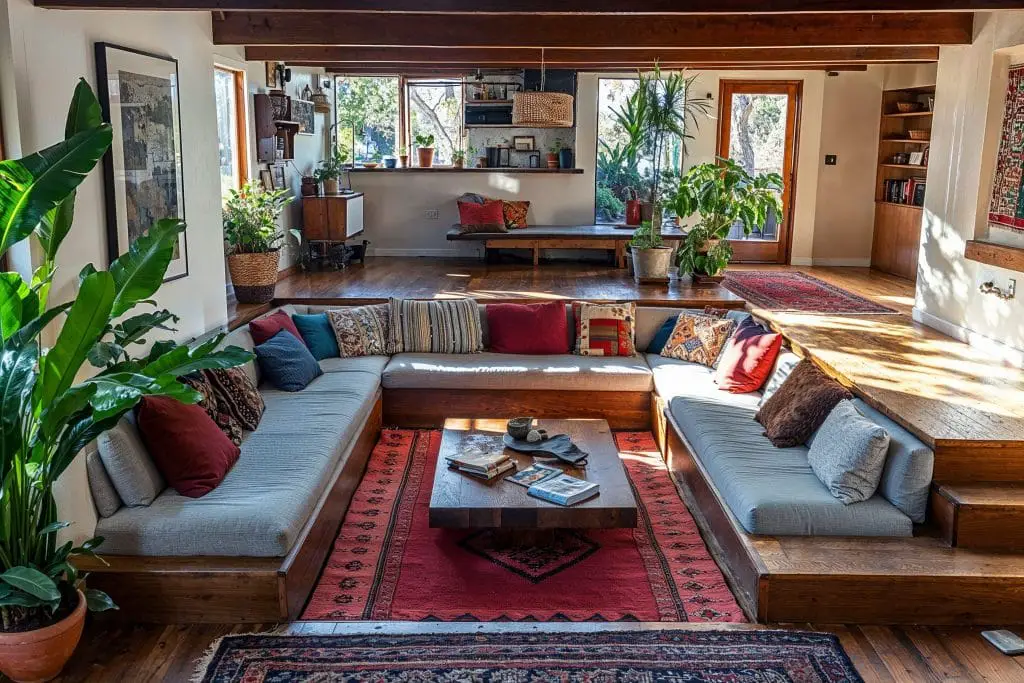
Once a hallmark of mid-century modern design, sunken living rooms—also called “conversation pits”—were popular in the 1960s and 70s. They created a cozy, intimate space where guests could gather at a lower level than the rest of the house. While they fell out of favor for safety and practicality reasons, Gen Z is now loving their retro charm. These lowered spaces bring a sense of intentional design and visual interest that open-concept homes often lack.
Today’s renovators are reimagining the sunken look with modern finishes, plush seating, and even built-in lighting. Social media design accounts highlight them as a perfect backdrop for nostalgic, film-inspired interiors. There’s also a certain theatrical appeal—they feel like a “set” within your home. In a world of flat floor plans, that little step down feels dramatically different.
3. Built-In Bookshelves
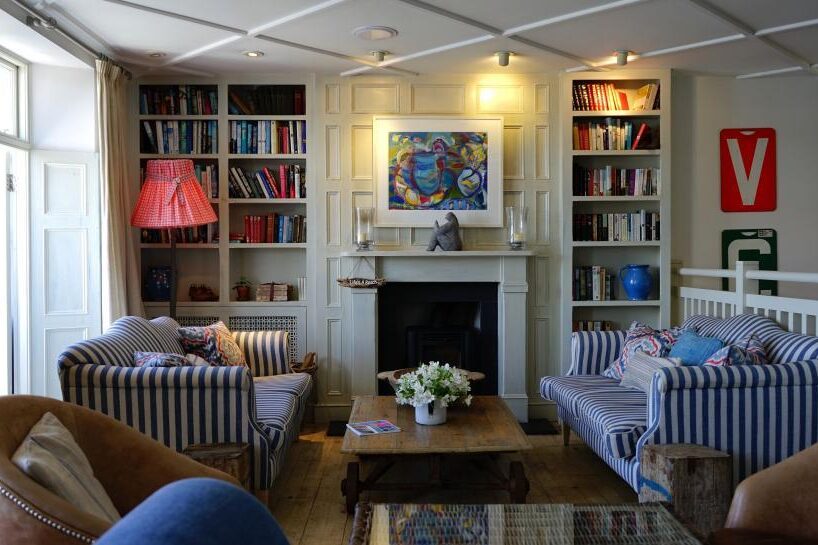
Built-in bookshelves used to be a standard feature in older homes, offering both storage and architectural flair. As newer builds shifted toward open layouts, these details were often left out for simplicity. Now, Gen Z is clamoring for them again—not just for storing books but for displaying art, plants, and quirky thrift finds. It’s part of a broader love for personalized, layered spaces.
There’s also a sustainability angle: built-ins make use of wall space efficiently, cutting down on the need for disposable furniture. Many younger homeowners are choosing to retrofit old shelves instead of buying new pieces. The result feels both functional and deeply nostalgic. Plus, they make a great backdrop for a Zoom call or a TikTok video.
4. Stained Glass Windows
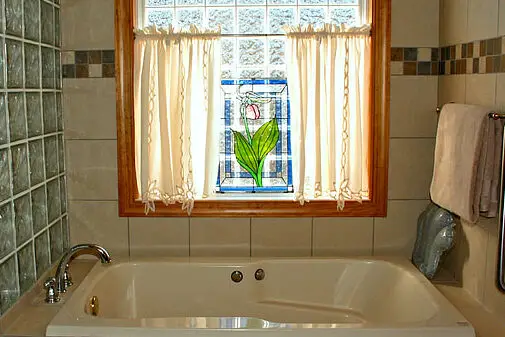
Stained glass was a signature of early 20th-century craftsmanship, especially in Victorian and Craftsman-style homes. While it once signified luxury, the look faded in the minimalist postwar era. Now, Gen Z renovators see stained glass as a statement of artistry and individuality. The play of color and light creates a moody, almost cinematic vibe that’s perfect for aesthetic-driven living spaces.
Some designers even incorporate modern geometric or abstract stained glass panels as room dividers. Others preserve original windows in historic homes for authenticity and charm. It’s not about perfection—it’s about honoring handwork in a digital world. Every window becomes a conversation starter and a little piece of living art.
5. Retro Tile Patterns
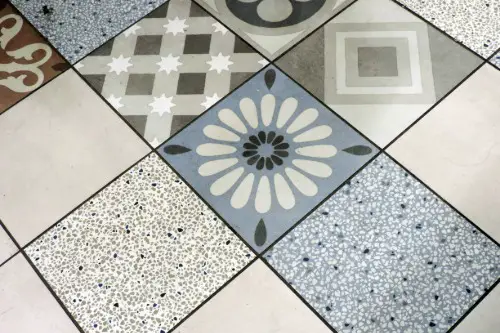
Checkerboard floors, pastel bathrooms, and geometric kitchen backsplashes—these tiles once screamed “grandma’s house.” But Gen Z has brought them roaring back, especially on TikTok’s #RetroRenovation trend. Bright mosaic and penny tiles now feel playful instead of dated. They add a splash of color in an era of all-white kitchens.
The renewed love is partly practical—ceramic tile lasts for decades and is easy to clean. But it’s also about vibe: nostalgia meets personality. A checkerboard floor instantly gives a space that 1950s diner-meets-modern-café feel. It’s both a design choice and a lifestyle statement.
6. Telephone Niches

Before cordless phones, many homes had a built-in nook in the wall where the house phone sat. These niches often included a small shelf for an address book or notepad. They vanished with the rise of mobile phones, but Gen Z finds them irresistibly charming. Some are repurposing them into mini charging stations, key holders, or tiny shrines for décor.
It’s the kind of detail that tells a story about how people used to live. These features break up sterile walls and make even hallways feel designed. They also appeal to Gen Z’s appreciation for analog aesthetics—there’s something special about honoring pre-digital communication. It’s quaint, practical, and surprisingly photogenic.
7. Patterned Wallpaper
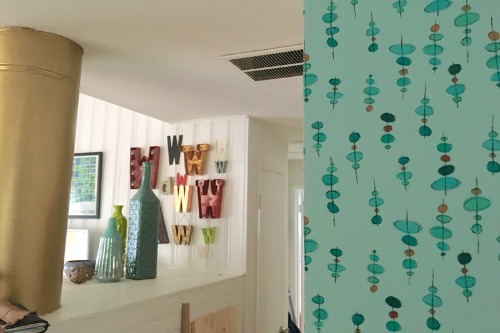
Wallpaper was once everywhere—florals, damasks, stripes—but by the 1990s, people were desperate to strip it away. Now it’s having a serious comeback, thanks to peel-and-stick innovations and bold, vintage-inspired designs. Gen Z renters especially love it for its non-permanent personality boost. It allows them to experiment without commitment.
Many patterns draw inspiration from the 60s and 70s—think mustard hues, swirling shapes, and botanical prints. Wallpaper adds instant depth and texture to plain rooms. It also fits the maximalist movement that Gen Z has embraced online. Blank white walls are out; expressive pattern is in.
8. Clawfoot Tubs

Clawfoot bathtubs date back to the 19th century, symbolizing luxury and craftsmanship. They fell out of favor when built-in tubs became standard and easier to clean. But the freestanding clawfoot has made a comeback among younger renovators craving a “cottagecore” or vintage spa vibe. The look feels indulgent, but in a nostalgic, self-care kind of way.
Restoring or salvaging an old tub also aligns with sustainable renovation trends. Cast iron versions hold heat longer, perfect for long soaks. Many pair them with updated fixtures for a modern-meets-old-world mix. It’s the kind of feature that turns an ordinary bathroom into a ritual space.
9. Wood Paneling
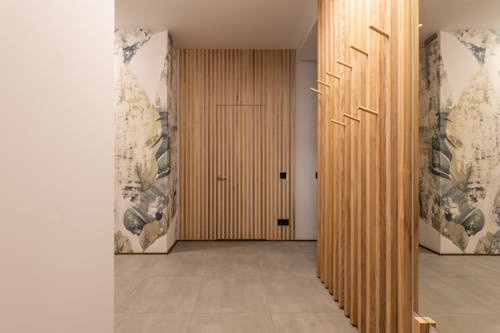
For decades, wood paneling was considered dated and dark, a remnant of 1970s basements. But now, Gen Z homeowners are embracing it as warm, character-filled texture. Instead of ripping it out, people are sanding, staining, or painting over panels for a chic revival. The natural tones and tactile surfaces balance the cold minimalism of modern interiors.
Design influencers on TikTok have even dubbed it “grandpa-core” chic. The aesthetic mixes vintage authenticity with comfort and sustainability, since it often involves restoring rather than replacing. Real wood paneling, unlike laminate alternatives, adds acoustic softness to a room too. It’s proof that what once felt gloomy can feel grounding again.
10. Wainscoting
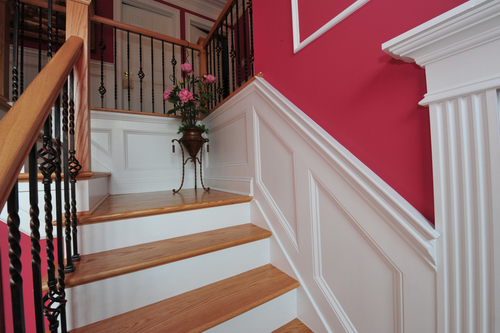
Wainscoting once served to protect walls from scuffs and moisture but became a symbol of traditional craftsmanship. For years it was seen as fussy or outdated. Now, Gen Z is embracing it for its cozy, architectural texture. It adds instant sophistication to dining rooms, hallways, or bedrooms.
The renewed love for cottage and heritage design plays a role here. Painted in bold colors or contrasting tones, wainscoting feels fresh and intentional. It’s also a DIY-friendly project that makes even rentals feel custom. The mix of utility and artistry hits the sweet spot for younger homeowners.
11. Dutch Doors
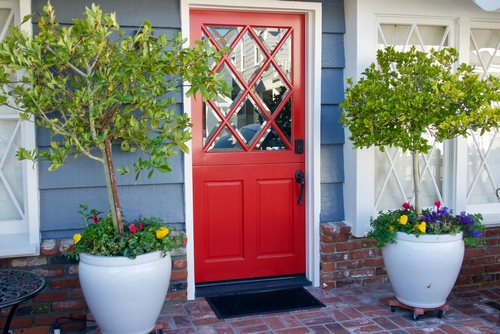
Split horizontally so the top and bottom can open separately, Dutch doors originated in 17th-century Europe. They were practical for keeping animals out while letting air in. Though they nearly disappeared in modern homes, Gen Z finds them charmingly functional. They’re perfect for pet owners or anyone craving a whimsical touch.
On social media, Dutch doors often appear in cozy, farmhouse-inspired interiors. The design blends nostalgia with utility—exactly what the current generation admires. They also foster indoor-outdoor connection without compromising safety. It’s a small change that feels surprisingly magical.
12. Built-In Breakfast Nooks
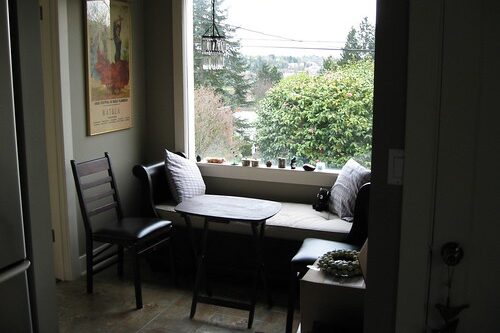
Before kitchen islands took over, breakfast nooks were the heart of family homes. Tucked beside a window, they offered a cozy place for coffee and conversation. As open-concept kitchens rose in popularity, these nooks vanished. But now, Gen Z is bringing them back for their warmth and Instagram-worthy intimacy.
Many renovators are building new nooks with reclaimed wood benches and patterned cushions. They encourage slower living and intentional design. In smaller homes, they double as smart space-savers. It’s nostalgia you can literally sit in.
13. Popcorn Ceilings (Believe It or Not)
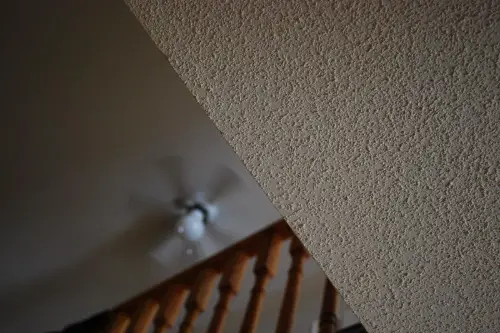
Popcorn ceilings were a mid-century solution for hiding imperfections and reducing noise. For years, they were considered a nightmare to remove. But in a twist of irony, some Gen Z homeowners are keeping or retexturing them instead of scraping. The goal isn’t to recreate the exact look—it’s to celebrate texture over flat minimalism.
This reappraisal fits the growing trend toward tactile, sensory interiors. Smooth surfaces can feel sterile, while a little ceiling texture adds visual coziness. A few are even painting them bold colors for a surreal, artsy vibe. It’s retro rebellion at its finest.
14. Intercom Systems
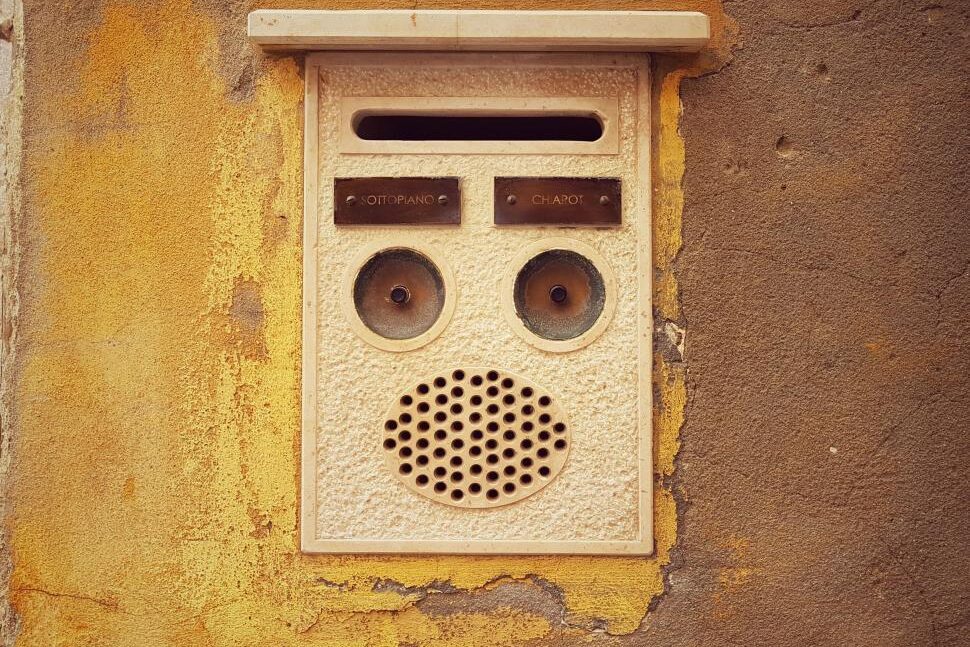
Before smartphones, families used built-in intercoms to talk across rooms or call kids for dinner. These wall panels became obsolete fast, replaced by wireless tech. But now, Gen Z homeowners see them as quirky vintage tech worth preserving. Some even rewire them to play music or connect to smart speakers.
It’s part of the fascination with analog-meets-digital living—reviving the old while updating the function. Intercom panels also make for fun conversation pieces in older homes. They’re like time capsules of domestic life before texting. In an age of hyper-connectivity, the charm lies in how simple they once were.
This post 14 Forgotten Home Features Gen Z Thinks Are “Vintage Cool” was first published on Greenhouse Black.
